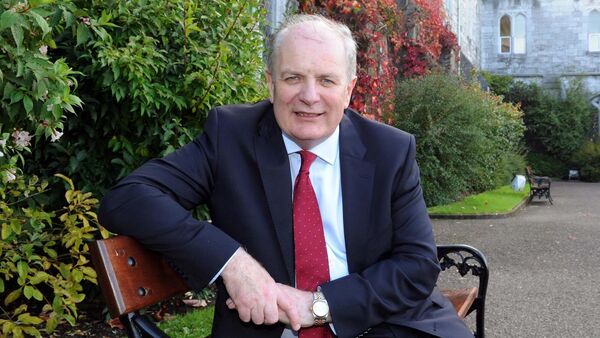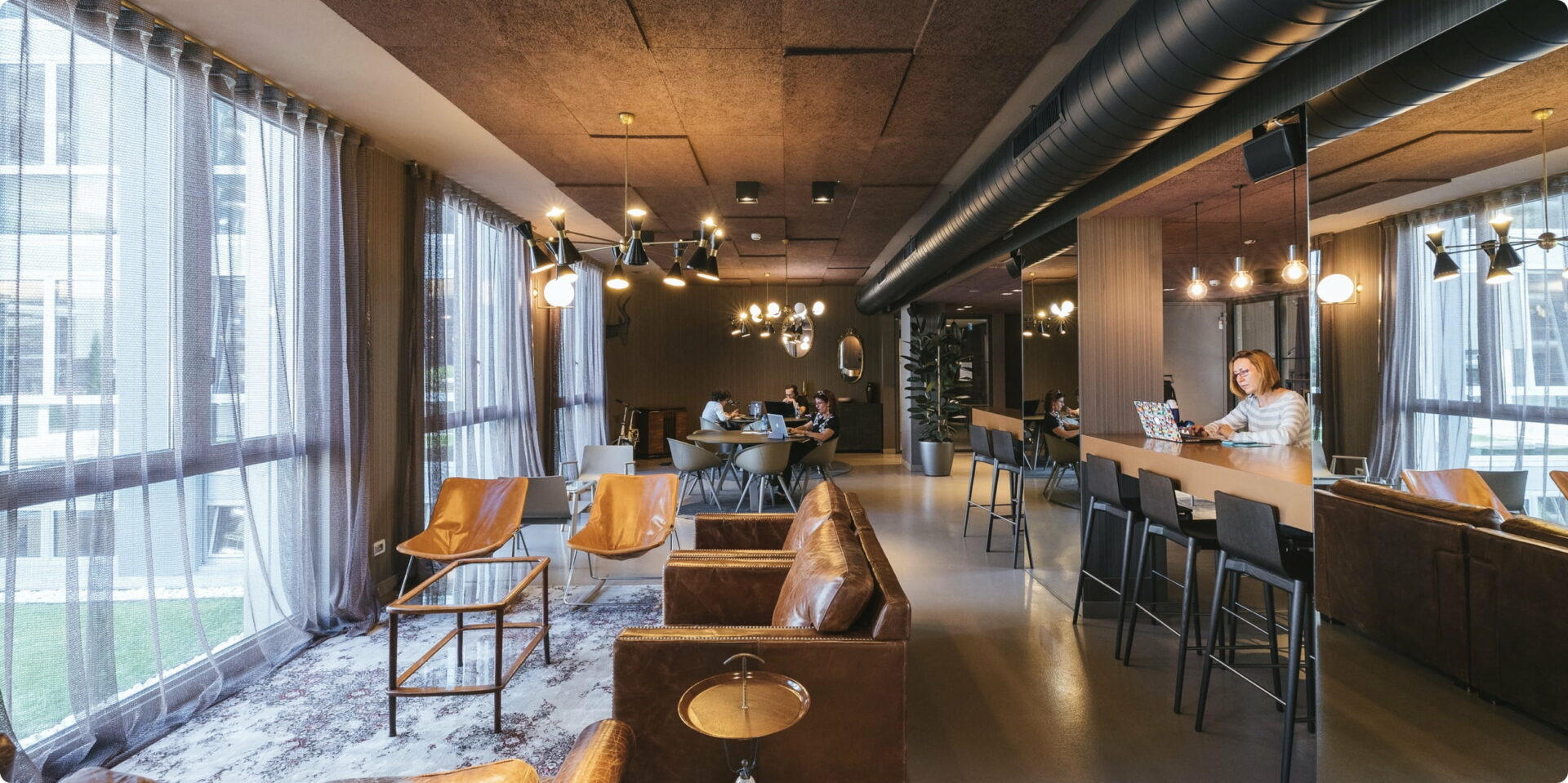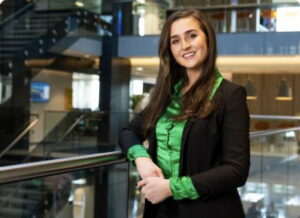Chief Economist with the Irish Business and Employers Confederation (IBEC), Gerard Brady says Ireland was slowly moving towards remote working but the pandemic brought it forward five years.
However, the burning questions that seem to be on the minds of many are what a ‘hybrid model’ will look like and what it will mean for workers, the economy, and employers.
In an IBEC CEO survey,73% of CEOs identified increased use of remote working as a significant change in their business organisation over the coming years. In addition, 55% of CEOs saw an increase in flexible working as a result of the crisis. Around two-thirds of people work in industries where remote work isn’t feasible. This is different for office-based jobs. Remote work is not only possible but it’s giving employees the flexibility they’ve always wanted, “we will see a hybrid model”, says Gerard.
With this model of working both remotely and in the office more people can move away from the city to more suburban areas. However, it does mean that there’s a limit on how far people can move, “people still need to be close to the office”, he said. Such a shift benefits the towns outside the major cities, but rural areas won’t benefit as much. People are now realising that they can have a big house with space for an office because they can afford to move out of the higher property-priced areas.

Gerard explained that companies are still feeling a lot of uncertainty about when their employees can go back to the office, “going back to the office will look different, remote work full-time won’t happen but what we will see is a hybrid model. It would be pretty dramatic to see a full shift to remote work,” Gerard said.
Ireland is special in that it has a younger population and that’s expected to grow in the next twenty years, so “we’re not going to end up with city centres as ghost towns, just a little less space per worker and that’s why it’s important we have vibrant city centres”, he continued.
He acknowledges that this model will prove challenging for some businesses, trying to manage staff.
However, thus far it has been a learning curve and broadly more positive. He said it shows that working from home can work and that it’s manageable. In fact, it may even be a selling point for businesses, particularly in high skilled office zones. “There will be challenges for individual businesses but those who adapt will do well. Productivity needs to be up and if it’s managed well that can be done,” Gerard said.
He continued: “The impact on city centres is going to be big. We have a growing population and workforce so the demand for workspace will always be there and city centre vibrancy is key. This is how we know other countries were doing it and we’re moving towards it more successfully and if it’s managed well you have a better quality of life. There are advantages and better outcomes for employers too.”









